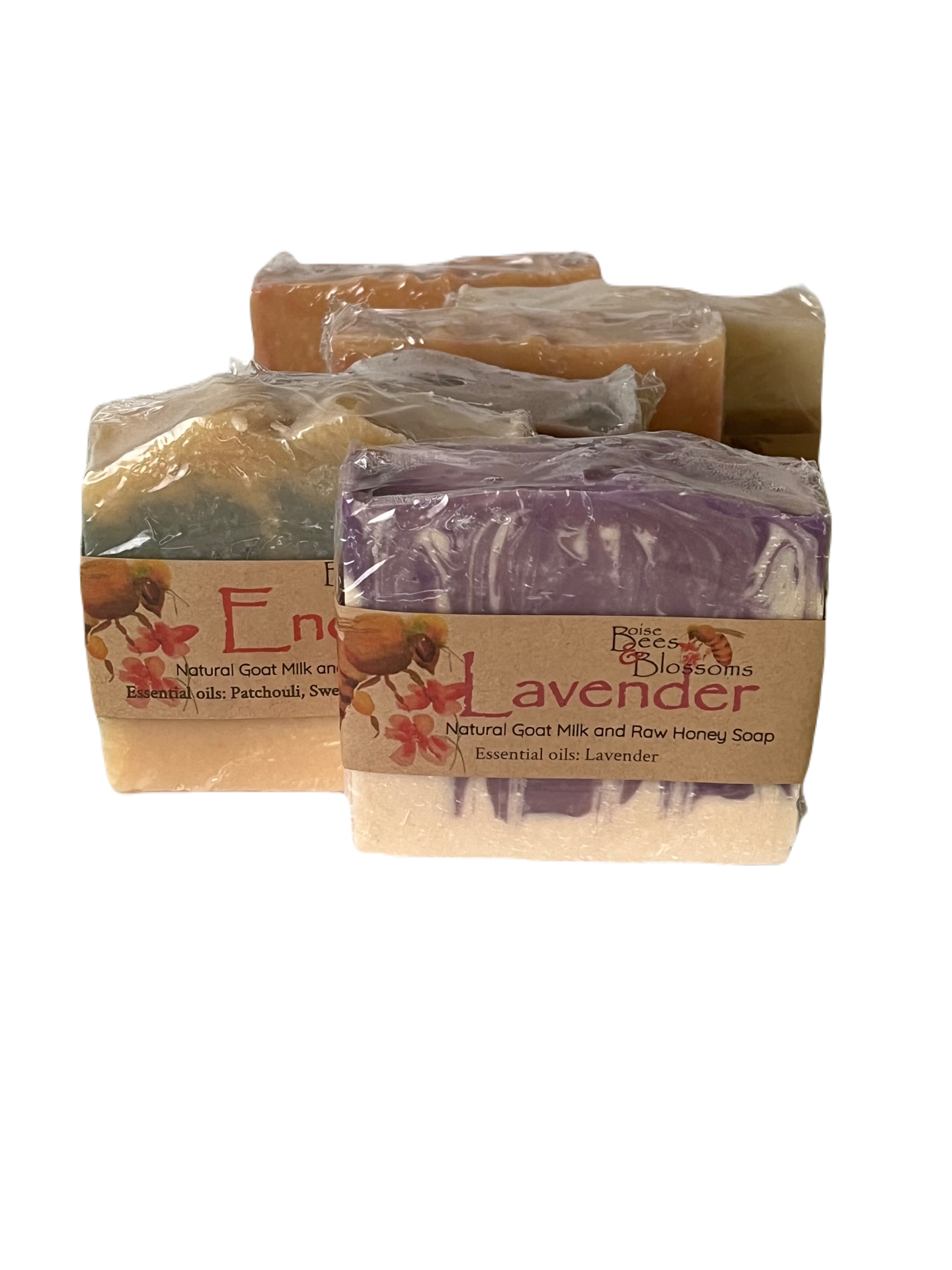Calendula officinalis, native to the Mediterranean region, is a member of the Asteraceae family. This hardy annual or perennial herb is renowned for its bright, daisy-like flowers that range in color from vibrant yellows and oranges to pale creams. Beyond its aesthetic appeal, calendula boasts a rich history of medicinal and culinary uses, making it a versatile addition to any garden.
Choosing the Right Location: Like most flowering plants, calendula thrives in well-drained soil and ample sunlight. When selecting a location for your calendula patch, opt for a spot that receives at least six hours of sunlight per day. Additionally, ensure the soil is fertile, loamy, and well-drained to promote healthy growth. Whether you're planting in a garden bed, container, or raised planter, providing these optimal conditions will set the stage for a bountiful harvest.
Planting Calendula Seeds: Calendula seeds can be sown directly into the garden soil or started indoors before the last frost date, depending on your climate zone. If starting indoors, sow seeds in biodegradable pots filled with seed-starting mix approximately six to eight weeks before transplanting outdoors. Keep the soil consistently moist and maintain a temperature of around 70°F (21°C) for optimal germination.
For direct sowing, wait until after the last frost date has passed and soil temperatures have warmed to around 50°F (10°C). Sow seeds thinly, covering them lightly with soil, and water gently to settle the seeds in place. Space plants 12 to 18 inches apart to allow for adequate airflow and prevent overcrowding as they mature.
Caring for Calendula: Once established, calendula requires minimal maintenance to thrive. Keep the soil evenly moist, but avoid overwatering, as calendula is susceptible to root rot in waterlogged conditions. Apply a balanced fertilizer once a month to promote healthy growth and prolific flowering.
Deadheading spent blossoms encourages continuous blooming throughout the growing season. Additionally, regular pruning can help maintain compact growth and prevent legginess. As the weather warms, monitor plants for pests such as aphids and caterpillars, and treat infestations promptly to prevent damage.
Harvesting and Utilizing Calendula: One of the most rewarding aspects of growing calendula is the opportunity to harvest and utilize its blooms. Harvest flowers in the morning when the dew has dried but before the sun is at its peak for the highest concentration of essential oils. Gently pluck flowers from the stem, taking care not to damage the plant.
Calendula petals can be dried for culinary and medicinal purposes or infused into oils, salves, and creams. Whether brewed into a soothing tea or incorporated into homemade skincare products, calendula's healing properties are boundless.


